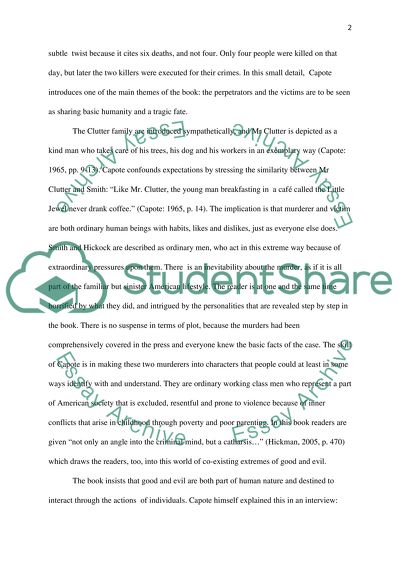Cite this document
(“In Cold Blood by Truman Capote illustrates that human nature is Essay”, n.d.)
Retrieved from https://studentshare.org/environmental-studies/1423634-in-cold-blood-by-truman-capote-illustrates-that
Retrieved from https://studentshare.org/environmental-studies/1423634-in-cold-blood-by-truman-capote-illustrates-that
(In Cold Blood by Truman Capote Illustrates That Human Nature Is Essay)
https://studentshare.org/environmental-studies/1423634-in-cold-blood-by-truman-capote-illustrates-that.
https://studentshare.org/environmental-studies/1423634-in-cold-blood-by-truman-capote-illustrates-that.
“In Cold Blood by Truman Capote Illustrates That Human Nature Is Essay”, n.d. https://studentshare.org/environmental-studies/1423634-in-cold-blood-by-truman-capote-illustrates-that.


